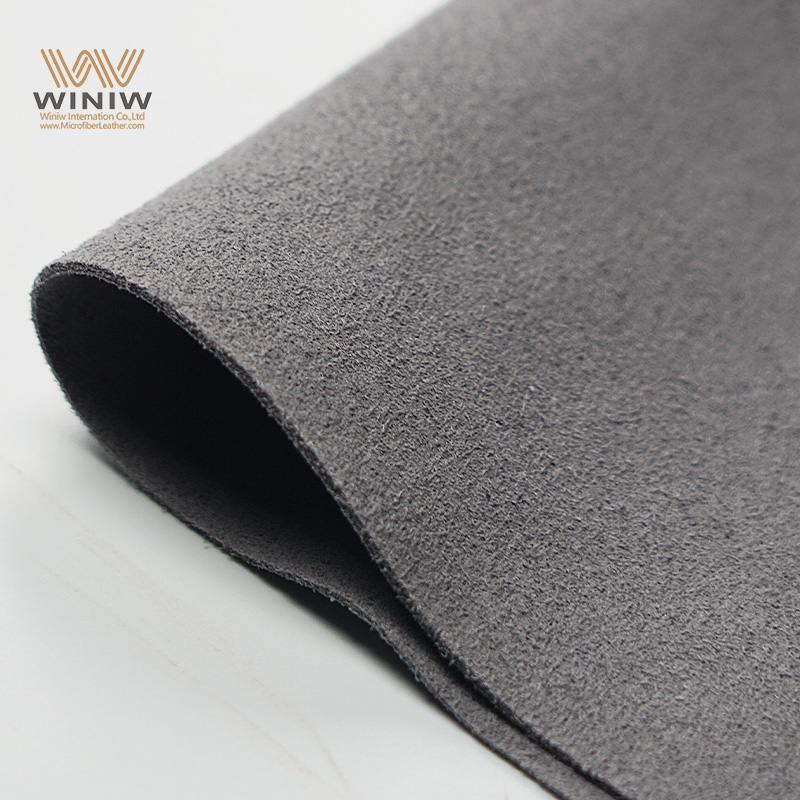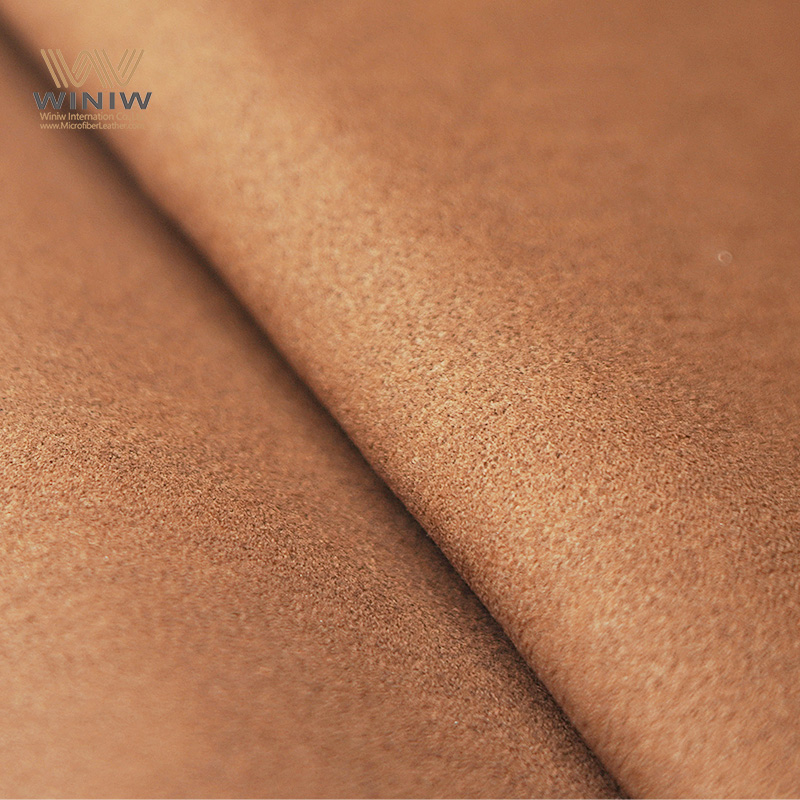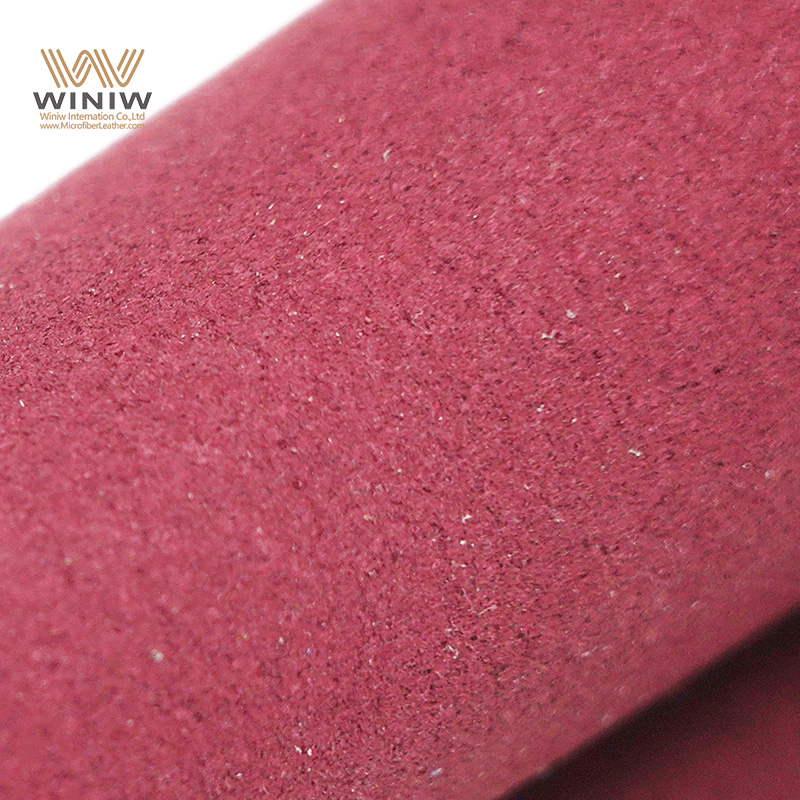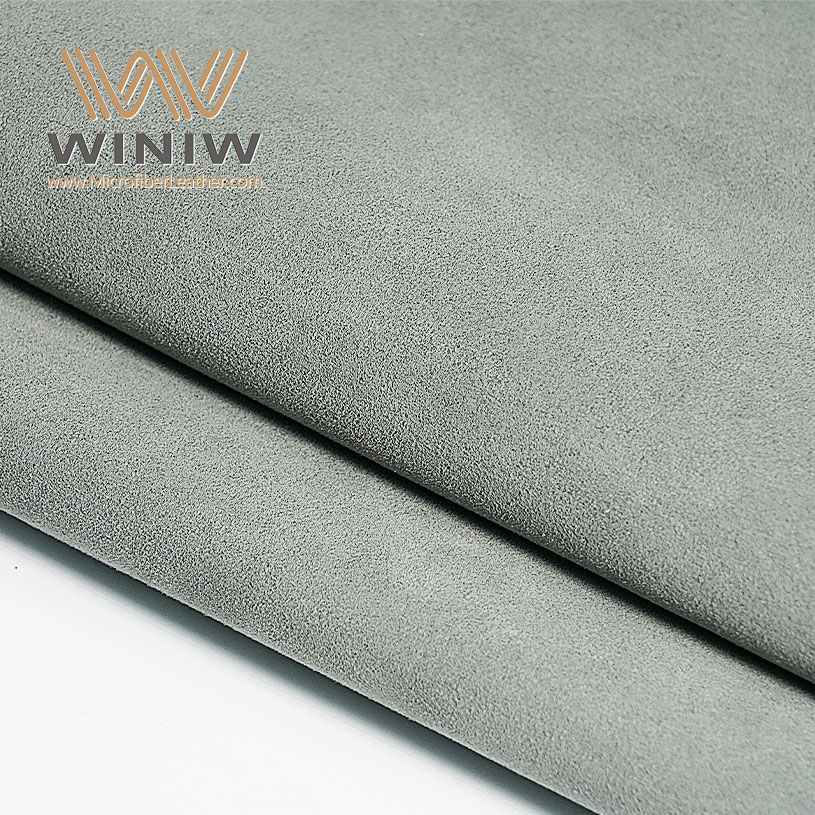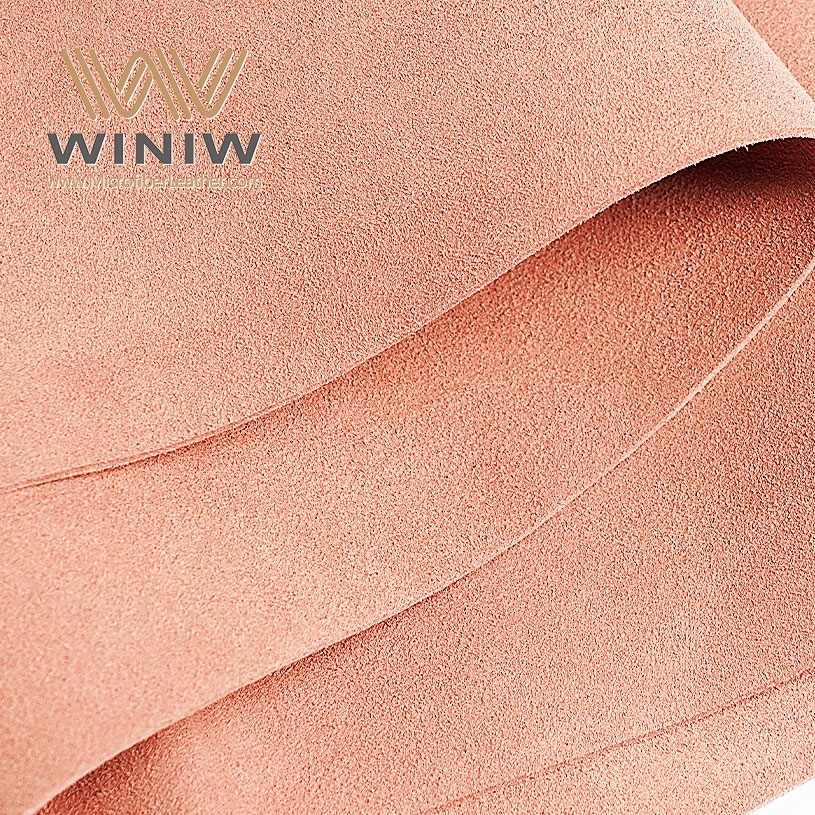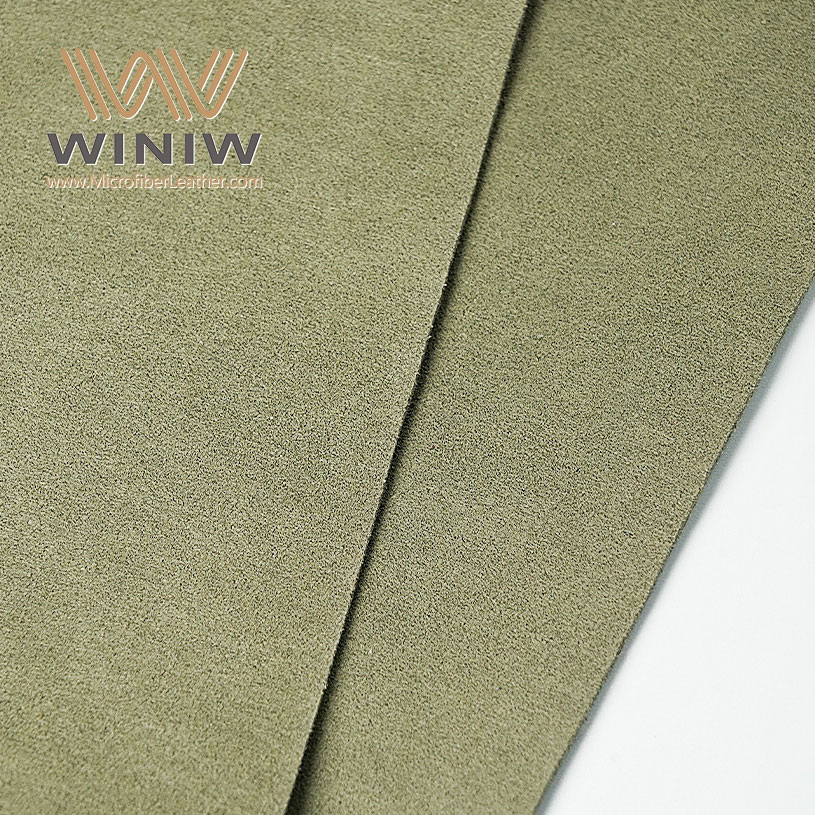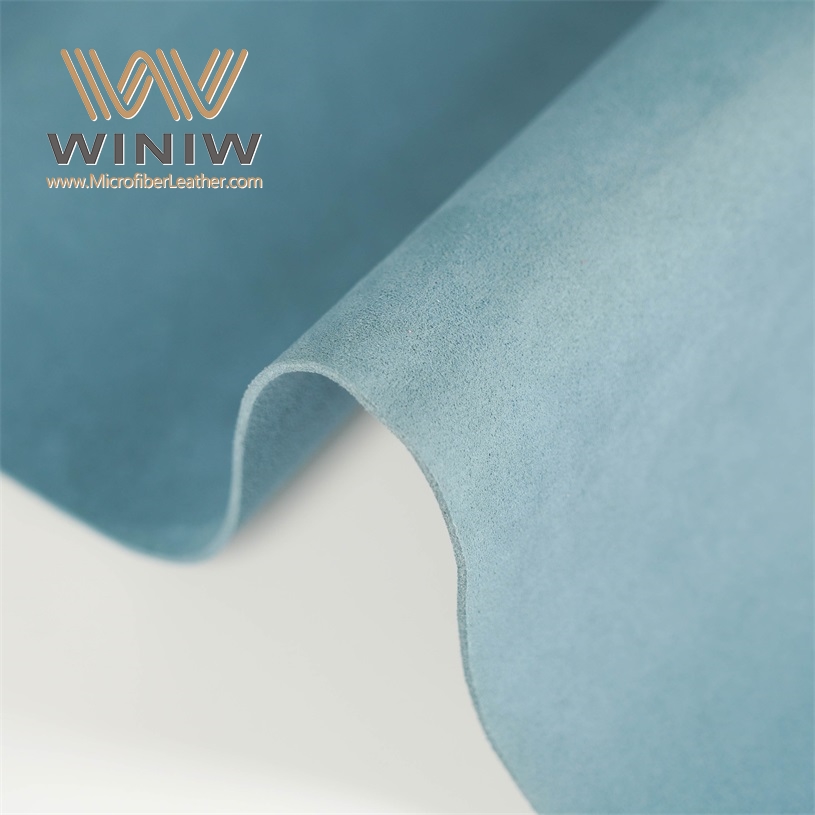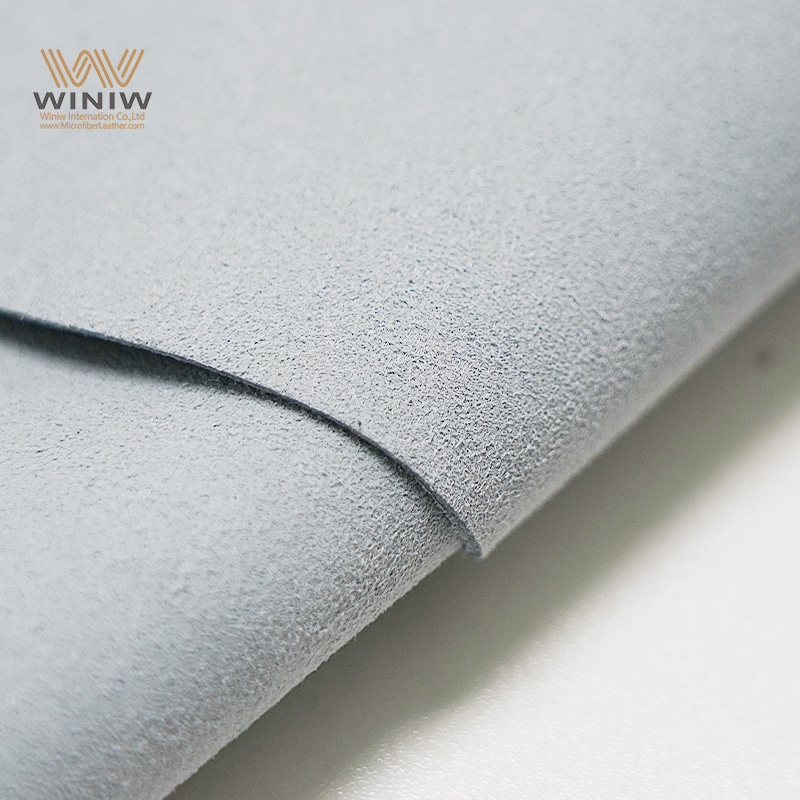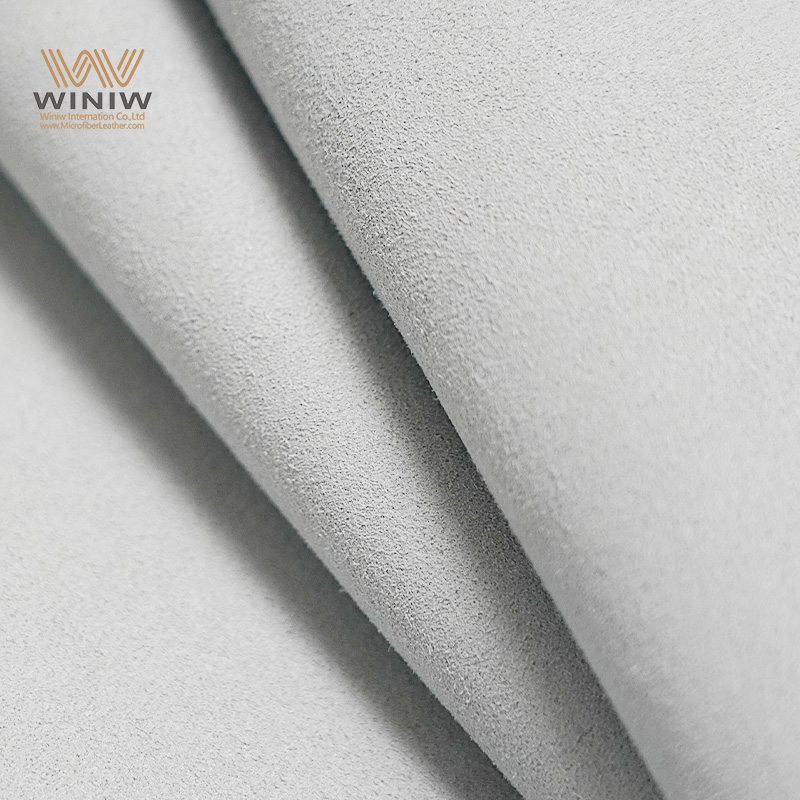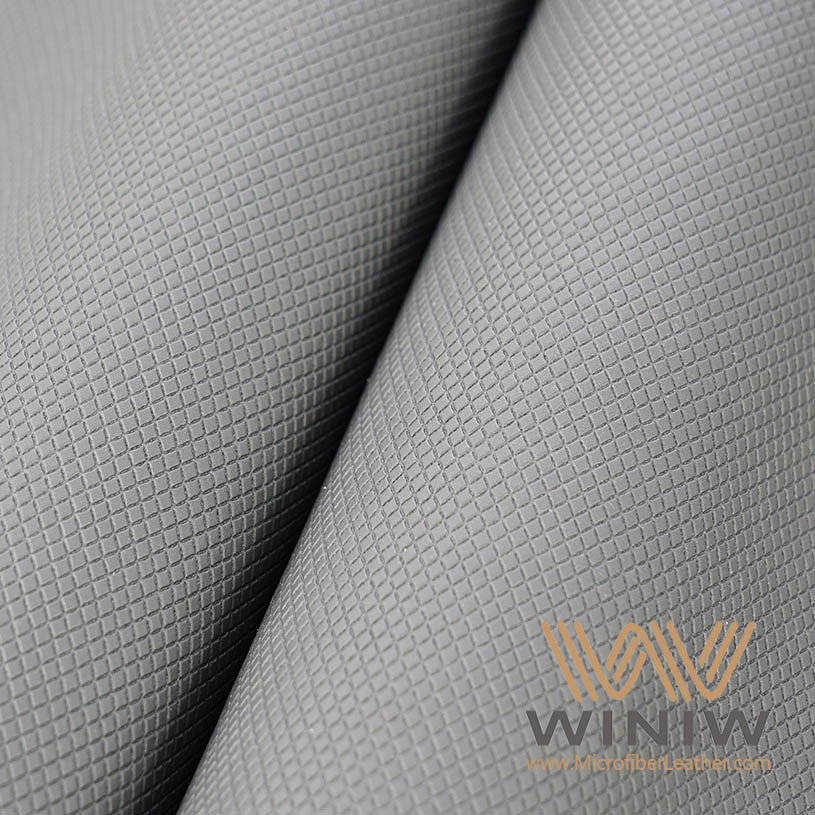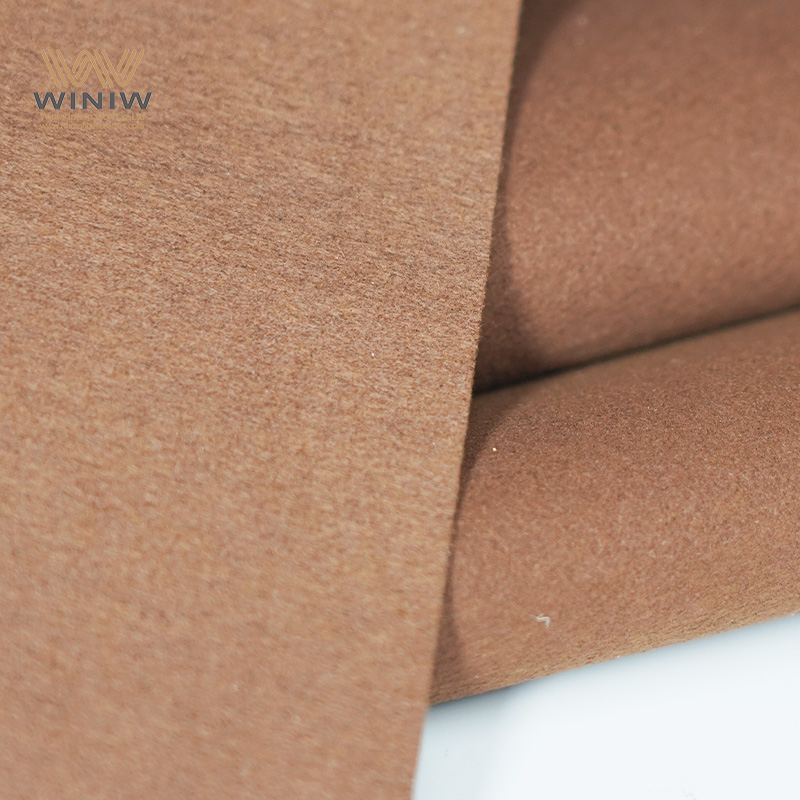
Microsuede upholstery fabric consists of fine polyester fibers that create a soft, plush surface similar to natural suede. Homeowners often prefer this material for its smooth texture and inviting appearance. A quick look at common reasons for its popularity shows key advantages:
Reason | Description |
|---|---|
Affordability | Microsuede offers a cost-effective alternative to real suede. |
Durability and Longevity | Its tightly woven fibers resist wear, making it suitable for busy households. |
Easy Maintenance | Cleaning is simple, and the fabric resists stains. |
Versatility in Design | Many colors and patterns allow easy matching with modern décor. |
Eco-Friendly Option | Synthetic production reduces environmental impact. |
Upholstery Fabric Microsuede stands out as a practical choice for modern furniture, combining comfort with long-lasting appeal.
Microsuede Upholstery Fabric Explained for Modern Homes
Microsuede is an affordable alternative to natural suede, making it budget-friendly for homeowners.
The fabric is highly durable, resisting wear and tear, which is ideal for busy households.
Microsuede is easy to maintain; it resists stains and can be cleaned with simple methods.
Available in a wide range of colors and patterns, microsuede fits various modern décor styles.
The soft and plush texture of microsuede provides comfort, making it perfect for furniture like sofas and chairs.
Microsuede is pet-friendly; its tight weave prevents pet hair from embedding, simplifying cleaning.
When choosing microsuede, check for durability ratings and cleaning instructions to ensure quality.
Consider microsuede for both large furniture and accent pieces to enhance your home’s style and comfort.
What Is Microsuede?
Composition
Fine Polyester Fibers
Microsuede features a blend of synthetic fibers that create a durable and versatile material. Manufacturers primarily use polyester and polyamide, often combining these with polyurethane to enhance both durability and texture. This unique composition allows the fabric to mimic the look and feel of leather while remaining soft to the touch. The manufacturing process involves weaving ultra-fine fibers and bonding them onto a fabric base with a polyurethane binder. This results in a fluffy surface that closely resembles natural suede.
Made from polyester fibers
Designed to mimic the look and feel of leather
Highly durable and soft to the touch
Can be dyed and patterned for design versatility
Material Composition | Description |
|---|---|
Nylon (Polyamide) | A synthetic fiber used in microsuede upholstery. |
PU (Polyurethane) | Often combined with nylon to enhance durability and texture. |
Microfiber upholstery fabric stands out for its ability to offer a suede-like texture while maintaining superior strength and resilience. The synthetic nature of the fibers also allows for a wide range of colors and patterns, making it a popular choice for modern homes.
Texture
Soft and Plush Feel
Microsuede provides a soft and plush feel that appeals to many homeowners. The surface feels gentle against the skin, offering comfort and warmth. The tightly woven microfibers create a consistent nap, which gives the fabric its signature suede-like texture. Unlike natural suede, which can show variations and imperfections, microfiber upholstery fabric maintains a uniform appearance across large surfaces.
Tip: Microsuede’s plush texture makes it ideal for furniture pieces that require both comfort and style, such as sofas and accent chairs.
Comparison to Suede
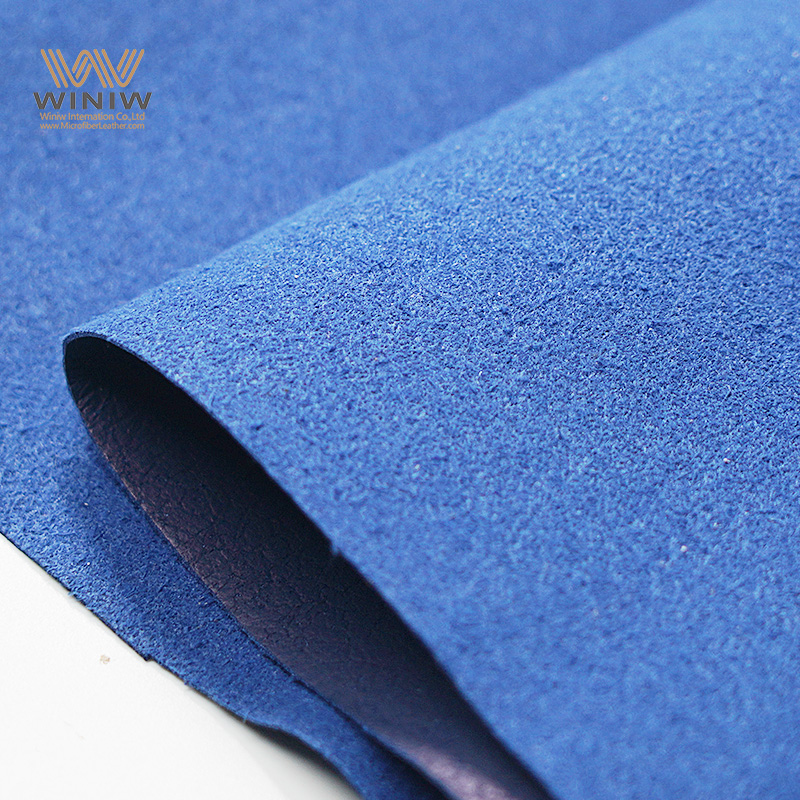
Appearance
Microsuede and natural suede share visual similarities, but several differences set them apart. Microsuede is created by weaving synthetic fibers and bonding microfibers onto a base, resulting in a consistent and artificial-looking texture. Natural suede, made from animal hides, displays a soft nap with natural variations.
Feature | Microsuede | Natural Suede |
|---|---|---|
Texture | Consistent, artificial-looking | Soft, natural nap with variations |
Durability | More durable | Delicate and absorbent |
Water Resistance | Water-resistant | Prone to water damage |
Cleaning | Easier to clean | More prone to staining |
Microfiber upholstery fabric offers increased durability and easier maintenance compared to natural suede. The synthetic fibers resist water and stains, making cleaning simple and efficient.
Cost
Cost plays a significant role in the popularity of microsuede. Traditional suede, made from leather hides, is much more expensive and less durable. Microsuede, on the other hand, is typically more affordable and offers better longevity.
Fabric Type | Cost Comparison | Durability | Maintenance |
|---|---|---|---|
Microsuede | Less expensive than natural suede | More durable | Easier to clean |
Natural Suede | More expensive | Less durable | Susceptible to stains |
Other Synthetic | Varies, generally less than natural suede | Varies | Generally easy to maintain |
Microfiber upholstery fabric provides a cost-effective solution for those seeking the look and feel of suede without the high price tag. Its stain resistance and easy care make it a practical choice for busy households.
Upholstery Fabric Microsuede
Upholstery fabric microsuede has become a top choice for modern homes. This material offers a unique blend of durability, comfort, and style. Many homeowners select microfiber upholstery fabric for its ability to withstand daily wear and tear while maintaining a soft, inviting appearance. The tightly woven fibers create a surface that resists stains and makes cleaning simple. These qualities make upholstery fabric microsuede ideal for busy households, especially those with children or pets.
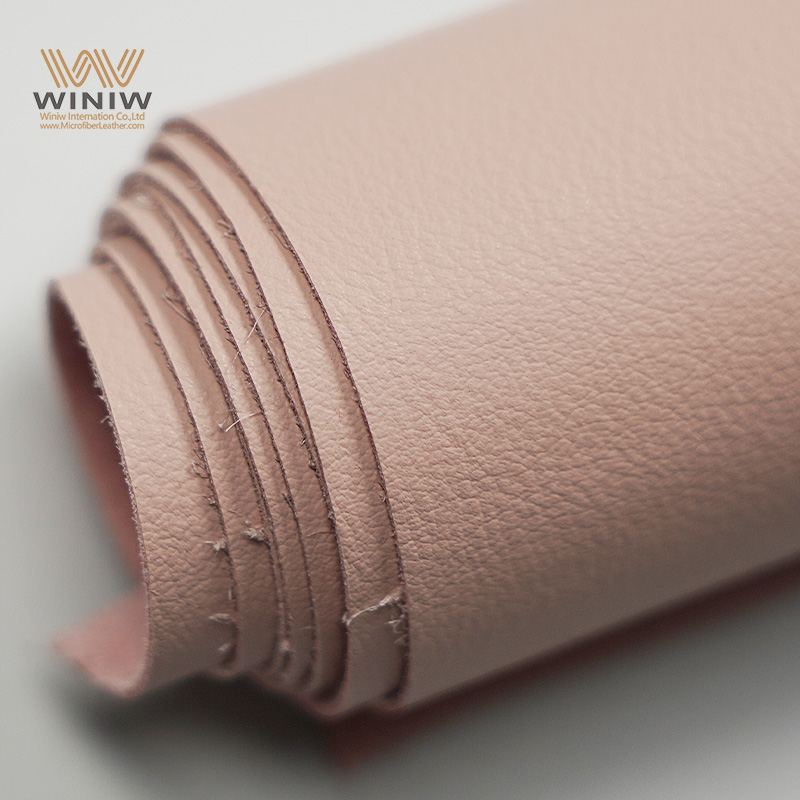
Durability
Wear Resistance
Manufacturers design upholstery fabric microsuede to handle frequent use. The fabric undergoes rigorous laboratory testing to measure its ability to resist abrasion and wear. Two common tests, the Martindale and Wyzenbeek, evaluate how well the material stands up to repeated rubbing and friction.
The Martindale Test simulates repeated rubbing to measure abrasion resistance.
The Wyzenbeek Test assesses how well the fabric withstands back-and-forth friction.
Test Type | Description | Wear Resistance Rating |
|---|---|---|
Martindale Test | Measures abrasion resistance using a figure-eight motion. | Light Use: < 20,000 cycles |
General Use: 20,000+ cycles | ||
Heavy Duty Use: 40,000+ cycles | ||
Wyzenbeek Test | Measures back and forth abrasion resistance. | Light Duty: 3,000-9,000 double rubs |
Medium Duty: 9,000-15,000 double rubs | ||
Heavy Duty: 30,000+ double rubs |
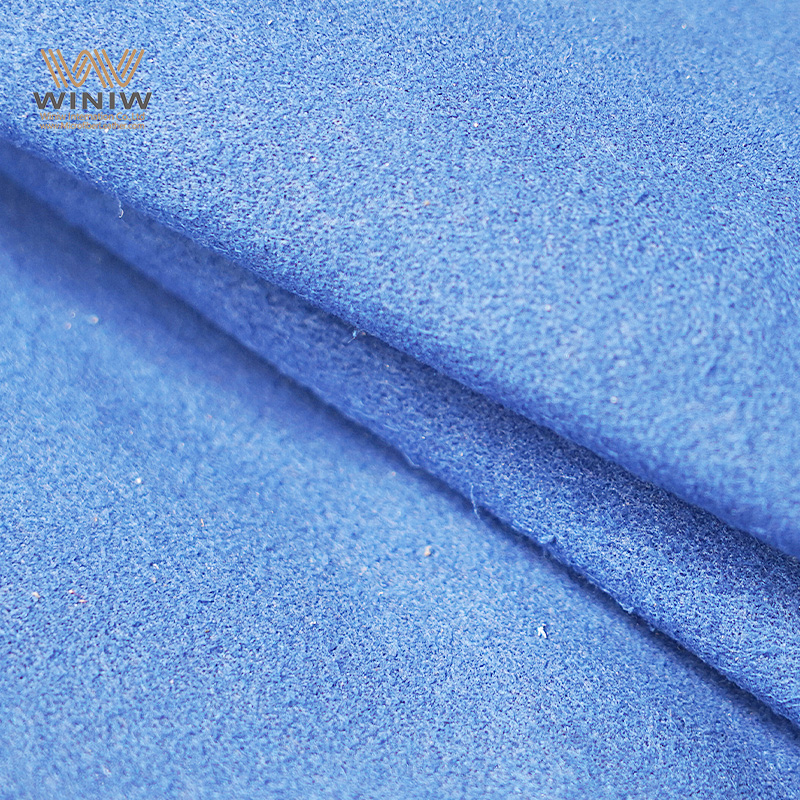
The Martindale test counts how many times wool or sandpaper discs can rub against the fabric before it shows wear. This method helps determine if microfiber upholstery fabric can handle heavy use in living rooms or family spaces. High ratings in these tests show that upholstery fabric microsuede stands up to daily life, making it a reliable option for furniture.
Everyday Use
Microfiber upholstery fabric resists pilling and fraying, even after years of use. The dense weave protects against scratches from pets and rough handling by children. Many pet owners prefer upholstery fabric microsuede because it does not trap pet hair easily and can handle claws without tearing. This durability ensures that sofas, chairs, and other furniture pieces look new for longer periods.
Note: Upholstery fabric microsuede is often recommended for homes with pets or children due to its high wear resistance and ability to maintain its appearance.
Easy Maintenance
Cleaning
One of the main reasons people choose microfiber upholstery fabric is its reputation for being easy to clean. The fabric’s structure prevents dirt and spills from penetrating deeply, allowing for quick and effective cleaning. Common cleaning methods include:
Blotting stained areas with a small amount of rubbing alcohol.
Using a diluted solution of rubbing alcohol mixed with water.
Applying a mixture of vinegar and baking soda for stubborn stains.
Removing debris with a soft-bristled brush or vacuum cleaner.
If stains persist, a professional upholstery cleaner who specializes in microsuede can provide deeper cleaning without damaging the fabric.
Stain Proof
Upholstery fabric microsuede acts as a stain-resistant fabric because of its tightly woven fibers. These fibers slow down the absorption of liquids, giving homeowners more time to clean up spills before they set. This feature proves especially useful in dining areas or family rooms where accidents are more likely to occur.
Microsuede’s fibers slow absorption, making it easier to clean up spills.
Excessive water can cause permanent stains or mildew, so moisture management is important.
Some cleaning products may damage the fabric, so always test in an inconspicuous area first.
Microfiber upholstery fabric offers a practical solution for those seeking furniture that remains attractive and functional over time. Its stain resistance, combined with easy cleaning methods, makes it a favorite for modern interiors.
Tip: Always follow the manufacturer’s care instructions to keep upholstery fabric microsuede looking its best.
Microsuede Benefits
Affordability
Budget-Friendly
Many homeowners look for upholstery that balances quality and cost. Microsuede stands out as a budget-friendly choice. The average price for microsuede upholstery fabric ranges from $14.98 to $28.12 per yard, depending on color and style. This price point makes it accessible for families who want stylish furniture without overspending.
Fabric Description | Price (per yard) |
|---|---|
Solid Taupe | $14.98 |
Montana in Loden Green | $28.12 |
Mission in Hydra | $19.98 |
Classic Suede in Lime Green | $18.98 |
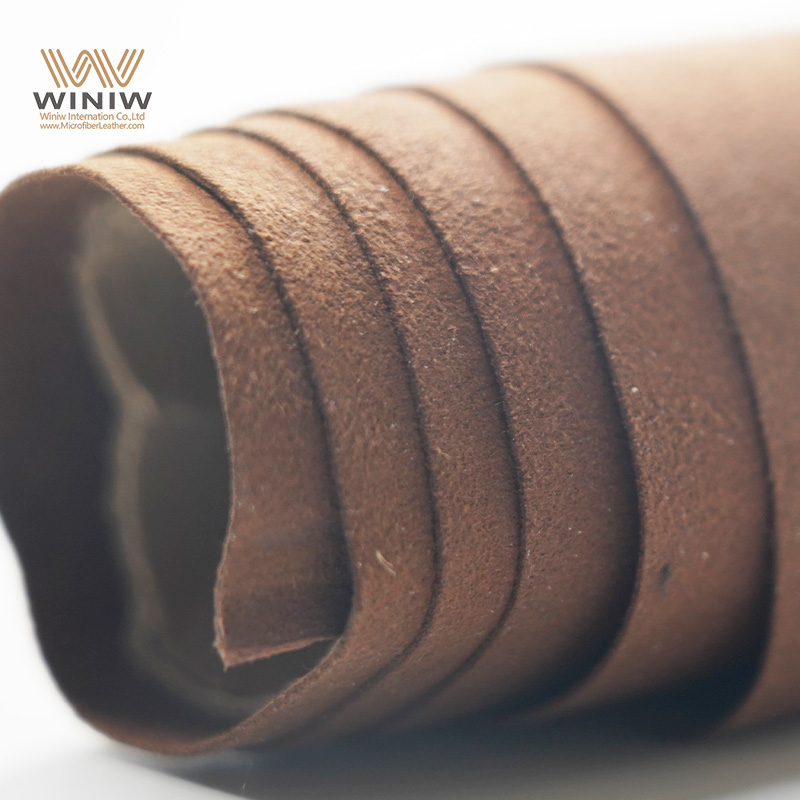
Budget-conscious consumers often rate microsuede highly for several reasons:
Affordability compared to genuine suede.
Durability that withstands daily use.
Ease of maintenance, especially in homes with pets or children.
Microfiber upholstery fabric offers a cost-effective solution for those who want the look of suede without the high price tag. Its value becomes clear when considering both initial cost and long-term durability.
Pet-Friendly
Resistant to Pet Hair
Pet owners often struggle with hair accumulation on furniture. Microsuede, a type of microfiber upholstery fabric, features a tightly woven structure that resists pet hair buildup. The dense weave prevents hair from embedding into the surface, making it easier to keep furniture clean. Many pet owners appreciate that microfiber upholstery fabric does not trap hair, so a quick vacuum or wipe removes most debris.
Tip: For pet-friendly homes, microfiber upholstery fabric is one of the best options. Its semi-stain-resistant surface and easy cleaning process make it ideal for managing pet messes.
Cleaning up after pets becomes simple with this fabric. Owners can soak a spot with cool water and blot with a paper towel. Minor spills wipe up easily before they set in. The engineered fibers repel stains, which helps maintain a fresh appearance even in busy households.
Tightly woven fibers create a semi-stain-resistant surface.
Microfiber upholstery fabric is considered a top choice for homes with pets.
Comfort
Soft Touch
Comfort remains a top priority for many families. Users describe microfiber upholstery fabric as very comfortable for sitting and lounging. The fabric breathes like cotton, offering warmth in winter and a cool touch in summer. Its soft, sensuous feel resembles brushed, sueded silk, which adds a touch of luxury to everyday living.
Many people enjoy the cozy texture during cold months.
The fabric stays cool and pleasant in warmer weather.
The plush surface invites relaxation and comfort.
Microfiber upholstery fabric combines affordability, pet-friendliness, and comfort, making it a practical and popular choice for modern homes.
Uses in Home Décor
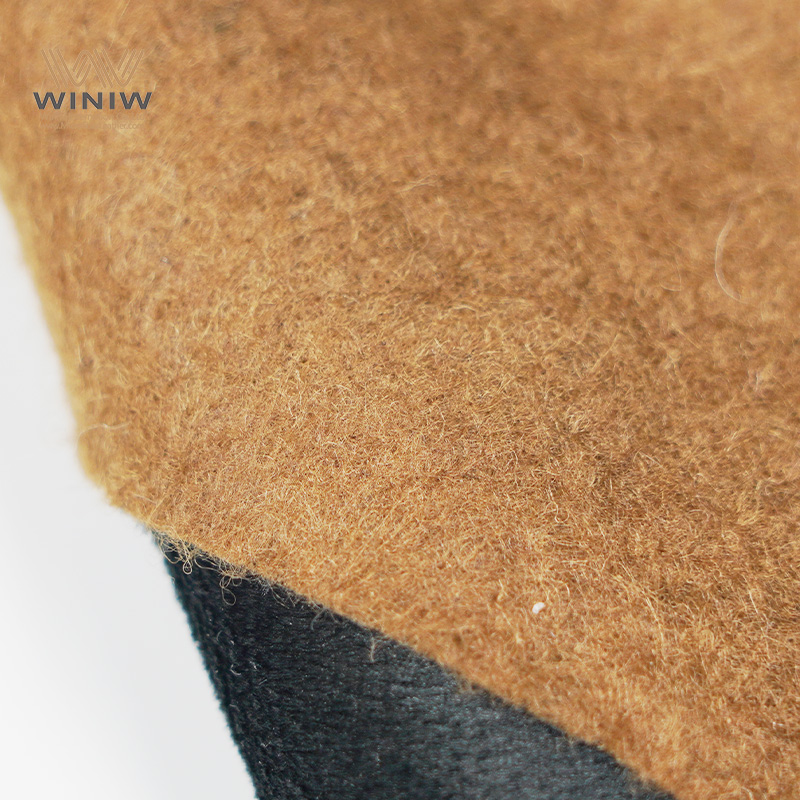
Microsuede upholstery fabric appears in many areas of home décor. Designers and homeowners value its versatility and comfort. This fabric adapts well to both large furniture and smaller accent pieces. Its soft texture and wide range of colors make it a favorite for modern interiors.
Furniture
Microsuede covers many types of furniture. The fabric’s durability and easy maintenance make it a practical choice for high-traffic areas. People often select microsuede for pieces that see daily use.
Sofas
Sofas upholstered in microsuede offer a plush, inviting surface. The fabric resists stains and stands up to frequent use. Many families choose microsuede sofas for living rooms because the material handles spills and pet hair with ease. The smooth surface feels comfortable during long periods of sitting or lounging. Microsuede also holds its color well, so sofas maintain a fresh look over time.
Sofas
Couches
Benches
Note: Microsuede sofas often serve as the centerpiece in living rooms due to their comfort and style.
Chairs
Chairs benefit from microsuede’s soft touch and resilience. Dining chairs, armchairs, and accent chairs all use this fabric. The material’s tight weave prevents pilling and fraying, even with regular use. Many people find that microsuede chairs remain attractive and functional for years.
Chairs
Ottomans
Footstools
A variety of chair styles, from classic to contemporary, feature microsuede upholstery. This flexibility allows homeowners to match their seating with the rest of their décor.
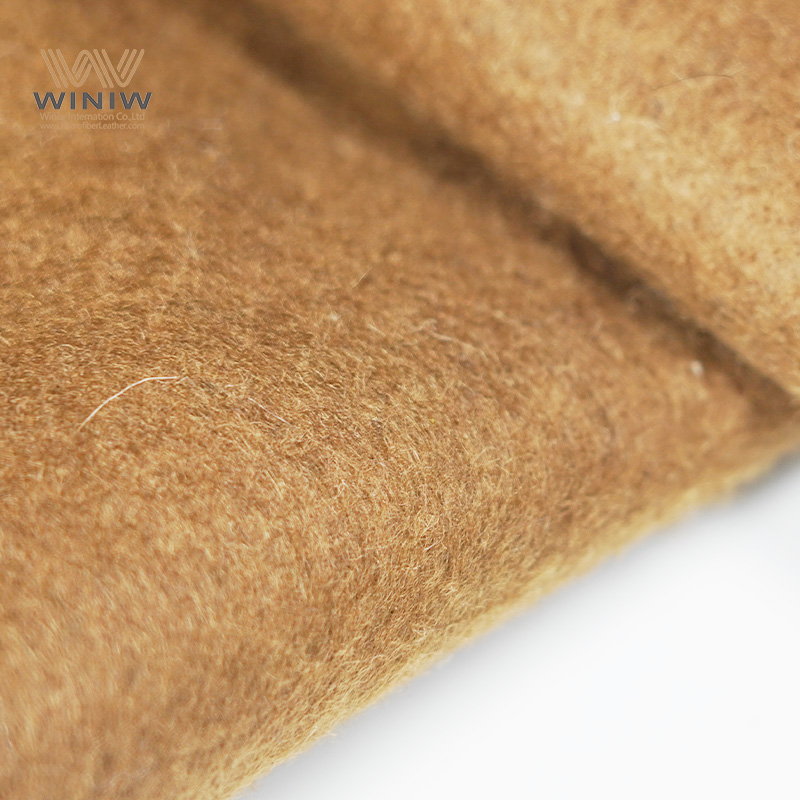
Accents
Microsuede also enhances smaller décor elements. Accent pieces add personality and comfort to a room. The fabric’s rich texture and color options make it ideal for these uses.
Pillows
Decorative pillows made from microsuede bring softness and warmth to sofas, beds, and chairs. The fabric’s stain resistance helps pillows stay clean, even in busy households. Many people enjoy mixing and matching microsuede pillows in different colors and shapes to create visual interest.
Decorative pillows
Cushions
Pillows covered in microsuede feel cozy and inviting. They provide an easy way to update a room’s look without major changes.
Headboards
Upholstered headboards in microsuede add a touch of luxury to bedrooms. The fabric’s plush surface creates a comfortable backrest for reading or relaxing. Microsuede headboards come in many colors and styles, fitting both modern and traditional spaces.
Headboards
Bed covers
Tip: Microsuede headboards resist dust and stains, making them a smart choice for allergy sufferers.
Microsuede’s versatility extends beyond these examples. Designers also use it for restaurant seating and even some clothing items. In home décor, however, its main roles remain in furniture and accent pieces. The fabric’s combination of comfort, durability, and style ensures its continued popularity in modern homes.
Choosing Upholstery Fabric Microsuede
Selection Tips
Quality Check
Selecting high-quality microsuede upholstery fabric requires attention to several important criteria. Buyers should examine the fabric’s durability, cleaning instructions, and composition. Performance fabrics receive special treatments for durability and easy cleaning. These treatments help the fabric maintain a high-end look while remaining functional. Durability often appears as a double rub rating. Residential fabrics should reach at least 15,000 double rubs, while commercial fabrics need 30,000 or more. Cleaning codes provide instructions for maintenance. Lower maintenance codes indicate easier care. Fabric composition affects both cleanability and durability. Buyers should research materials to match their lifestyle needs.
Criteria | Description |
|---|---|
Performance Fabric | Fabrics treated for durability and ease of cleaning, ensuring they look high-end despite being functional. |
Durability (Double Rubs) | Measure of how many times a fabric can be rubbed before showing wear; 15,000 for residential, 30,000 for commercial use. |
Cleaning Codes | Instructions on how to clean the fabric, indicating maintenance ease; lower maintenance is preferable. |
Fabric Composition | Different materials affect cleanability and durability; research is needed to match lifestyle needs. |
Tip: Buyers should always check the double rub rating and cleaning code before purchasing microsuede upholstery fabric.
Style Options
Colors
Microsuede upholstery fabric offers a wide range of color choices. Designers and homeowners can select shades that match any room or style. Popular colors in recent years include:
Beige
Black
Blue
Brown
Gold
Gray
Green
Ivory
Khaki
Orange
Pink
Purple
Red
Silver
Tan
These options allow for both bold statements and subtle accents. Neutral tones like beige, gray, and ivory suit minimalist interiors. Vibrant colors such as blue, red, and orange add energy to living spaces. The variety ensures that every home can find a suitable match.
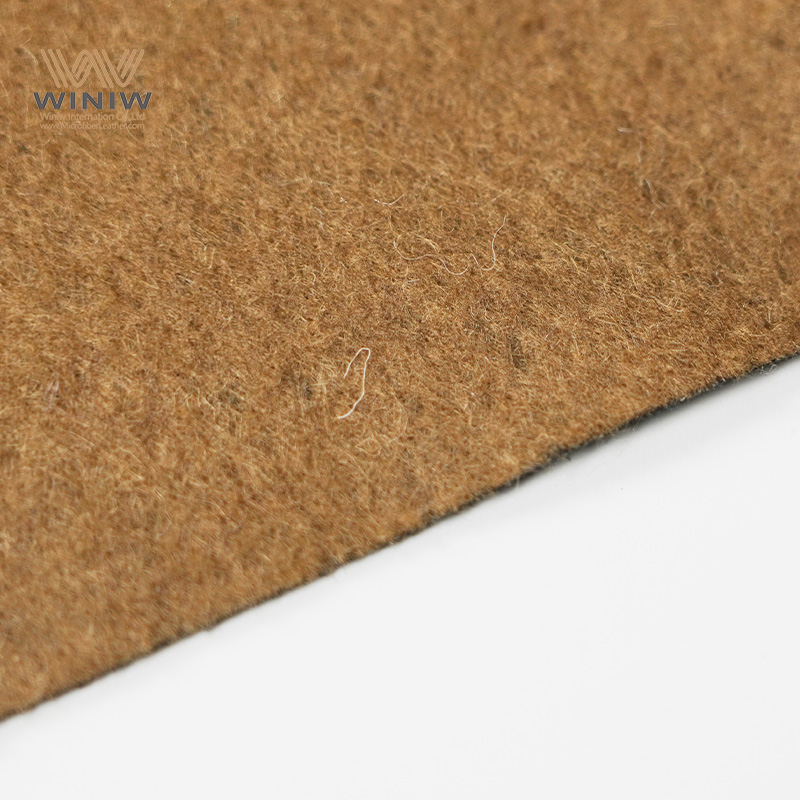
Patterns
Patterns in microsuede upholstery fabric enhance visual interest and personalize décor. Choices range from solid colors to geometric designs and subtle textures. Some fabrics feature embossed patterns or printed motifs. These patterns can complement modern, traditional, or eclectic styles. Homeowners may select simple solids for a clean look or choose intricate designs for a unique touch.
Note: Patterned microsuede works well for accent pieces like pillows or headboards, while solid colors suit larger furniture.
When choosing microsuede, buyers should consider style preferences, room color schemes, and budget. High-quality microsuede provides easy-care advantages, making it a practical choice for busy households. The combination of durability, color variety, and pattern options ensures that microsuede fits many design needs.
Trends
Popular Colors
Microsuede upholstery fabric continues to evolve in color trends. Designers and homeowners often select shades that reflect current tastes and lifestyles. Neutral colors remain a top choice for modern interiors. Beige, gray, and taupe create a calm and sophisticated atmosphere. These colors blend well with most décor styles and allow flexibility when updating a room.
Vibrant colors also gain popularity. Deep blues, emerald greens, and rich burgundies add personality to living spaces. Many people choose bold colors for accent pieces, such as pillows or chairs. These shades provide visual interest and help define the mood of a room.
Color Family | Examples | Mood Created |
|---|---|---|
Neutrals | Beige, Gray, Taupe | Calm, Sophisticated |
Earth Tones | Olive, Terracotta | Warm, Inviting |
Jewel Tones | Emerald, Sapphire | Luxurious, Dramatic |
Pastels | Blush, Mint | Soft, Playful |
Bold Colors | Burgundy, Navy | Energetic, Modern |
Tip: Neutral microsuede works well for large furniture pieces, while bold colors suit accent items.
Seasonal trends influence color choices. Spring often brings lighter shades, such as pastel pinks and soft greens. Fall introduces deeper tones, including burnt orange and chocolate brown. Homeowners can update their décor by swapping out microsuede pillows or throws in trending colors.
Design Styles
Microsuede adapts to many design styles. Modern homes often feature clean lines and minimalistic shapes. Microsuede fits well with contemporary furniture, offering a sleek and polished look. Scandinavian design uses microsuede in soft, neutral colors to create a cozy and inviting space.
Traditional interiors benefit from microsuede’s plush texture. Classic sofas and tufted chairs look elegant with this fabric. Designers use microsuede to add warmth and comfort to formal living rooms.
Popular design styles for microsuede upholstery include:
Mid-Century Modern: Features simple shapes and bold colors.
Scandinavian: Uses light colors and natural textures.
Industrial: Combines dark microsuede with metal accents.
Bohemian: Mixes vibrant microsuede with patterned textiles.
Farmhouse: Pairs neutral microsuede with rustic wood.
Note: Microsuede’s versatility allows it to blend with both modern and traditional décor.
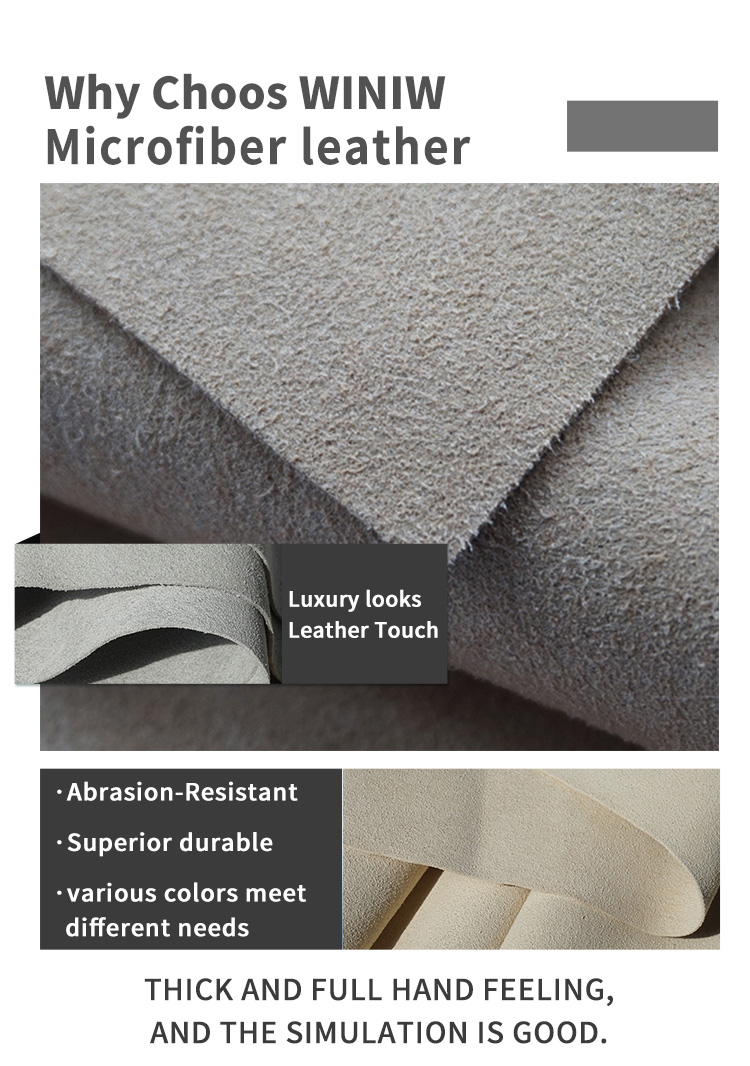
Homeowners often select microsuede for custom furniture projects. The fabric’s wide range of colors and patterns supports creativity in design. Microsuede also works well for DIY projects, such as reupholstering chairs or making decorative pillows.
Microsuede remains a favorite for designers who value comfort and style. Its ability to match current trends ensures that it stays relevant in modern homes.
Microsuede stands out as a practical option for modern homes. Homeowners value its unique combination of features:
Durability: Withstands daily wear and tear.
Easy Care: Resists stains and cleans easily.
Affordability: Offers style without a high price.
Comfort: Feels soft and inviting.
Style: Matches a wide range of décor.
Consider microsuede for your next furniture or décor update. This fabric provides lasting comfort and style for any living space.
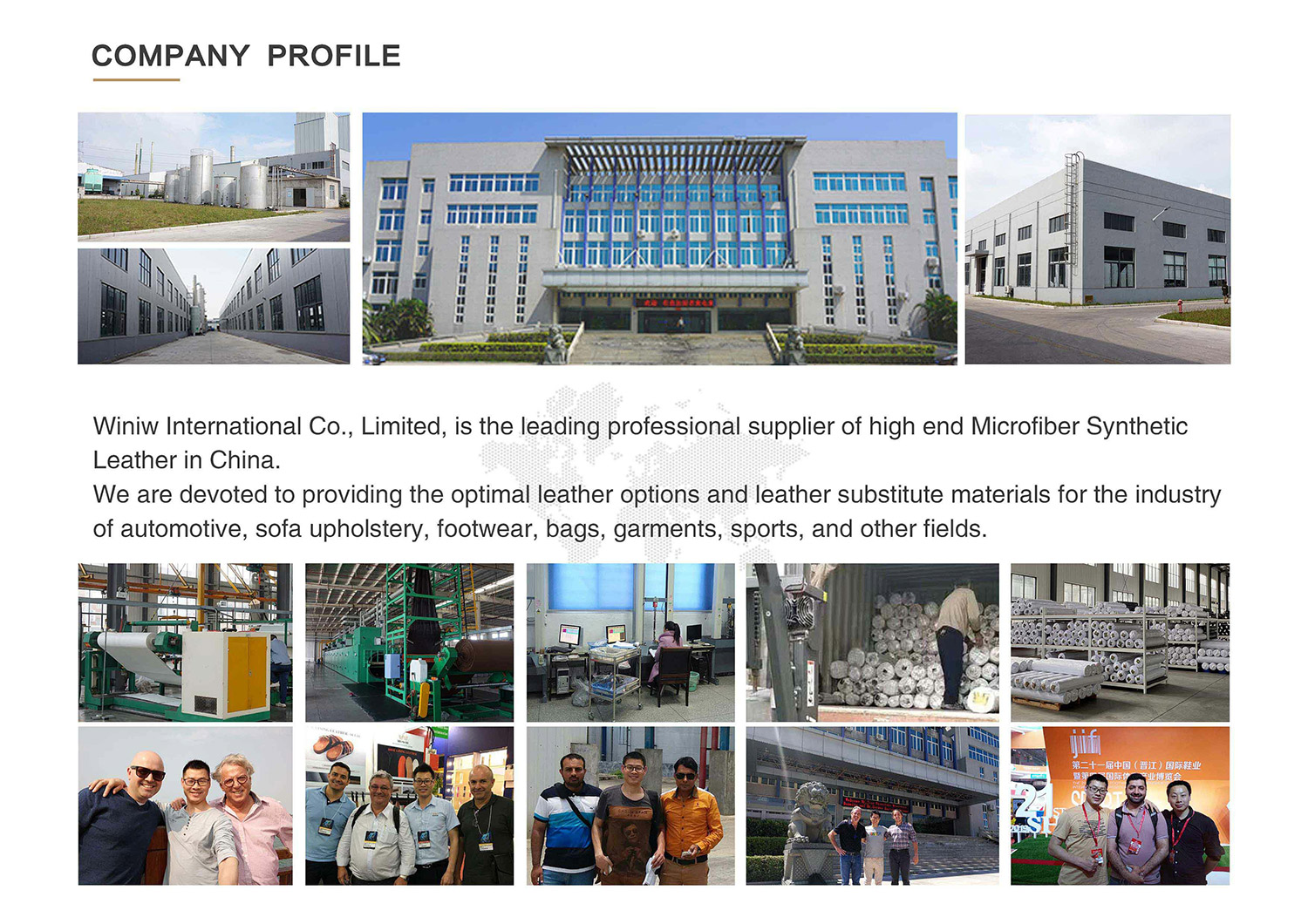
FAQ
What is the best way to clean microsuede upholstery?
Vacuum the fabric regularly. For spills, blot with a clean cloth. Use a small amount of rubbing alcohol or a mild soap solution for stains. Always test cleaning products on a hidden area first.
Does microsuede attract pet hair?
Microsuede resists pet hair because of its tight weave. Most pet hair sits on the surface. A lint roller or vacuum removes hair easily. Pet owners find this fabric very manageable.
Can microsuede fade in sunlight?
Direct sunlight can cause microsuede to fade over time. Place furniture away from windows or use curtains to protect the fabric. Regular rotation of cushions also helps maintain even color.
Is microsuede safe for people with allergies?
Microsuede does not trap dust or allergens easily. The smooth surface allows for quick cleaning. Many people with allergies choose microsuede for this reason.
How durable is microsuede compared to other fabrics?
Microsuede offers excellent durability. The fabric resists wear, pilling, and fraying. It performs well in high-traffic areas and lasts longer than many natural fabrics.
Can you use microsuede outdoors?
Manufacturers design microsuede for indoor use. Outdoor exposure to moisture and sunlight can damage the fabric. For patios or decks, choose fabrics labeled for outdoor use.
Does microsuede feel hot or cold to the touch?
Microsuede adapts to room temperature. The fabric feels warm in winter and cool in summer. Many people find it comfortable year-round.


